PingIdentity SAML
This guide walks you through configuring Ping Identity as your SAML identity provider for the application you are onboarding, enabling secure single sign-on for your users. You’ll learn how to set up an enterprise application, configure SAML settings to the host application. By following these steps, your users will be able to seamlessly authenticate using their Ping Identity credentials.
-
Create a custom SAML app in PingIdentity
Section titled “Create a custom SAML app in PingIdentity”Log in to PingOne Admin Console. Select Applications → Applications.
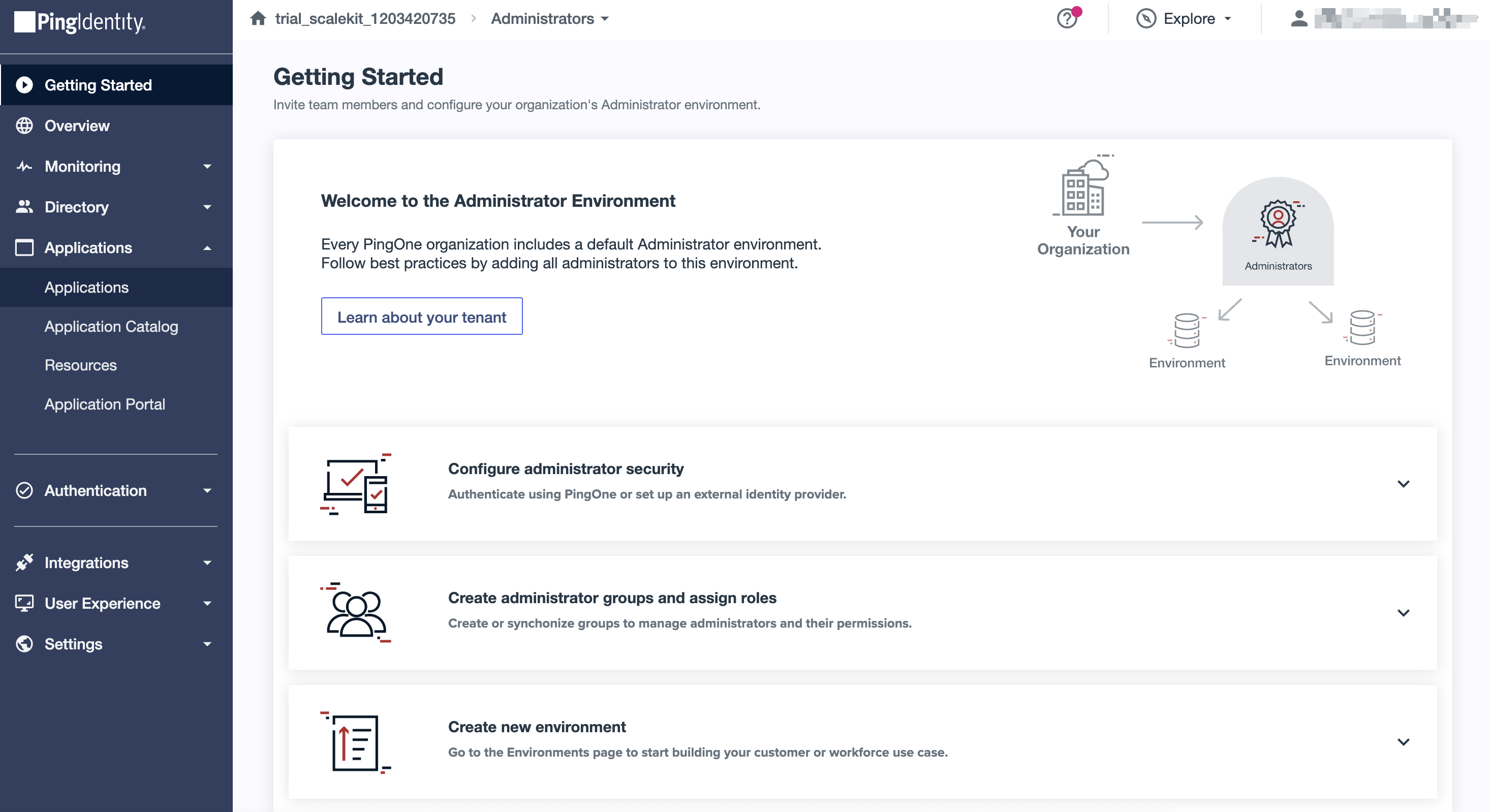
Add a New SAML Application → Click + Add Application.
Enter an Application Name and select the SAML Application as the Application Type. Click Configure.
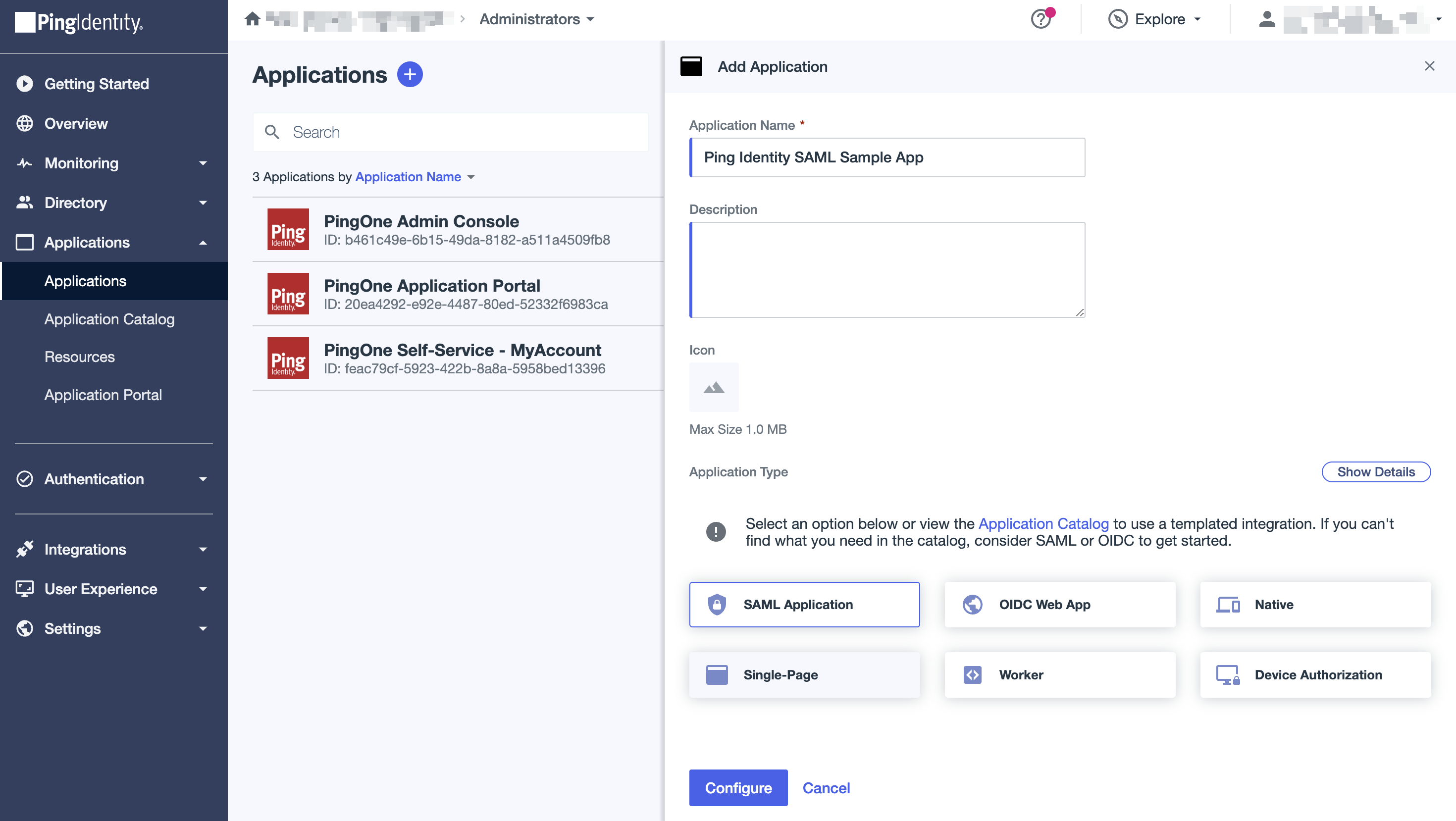
-
Configure the Service Provider in Ping Identity
Section titled “Configure the Service Provider in Ping Identity”Log in to your SSO configuration portal and click on Single Sign-on (SSO) → Ping Identity → SAML 2.0 for the organization you want to configure it for.

Now, copy the following details from Scalekit’s SSO settings:
- ACS URL (Assertion Consumer Service URL)
- SP Entity ID (Service Provider Entity ID)
- SP Metadata URL
Paste the details copied from your SSO configuration portal into the respective fields under SAML configuration in the Ping Identity dashboard:
- Method 1: Import Metadata
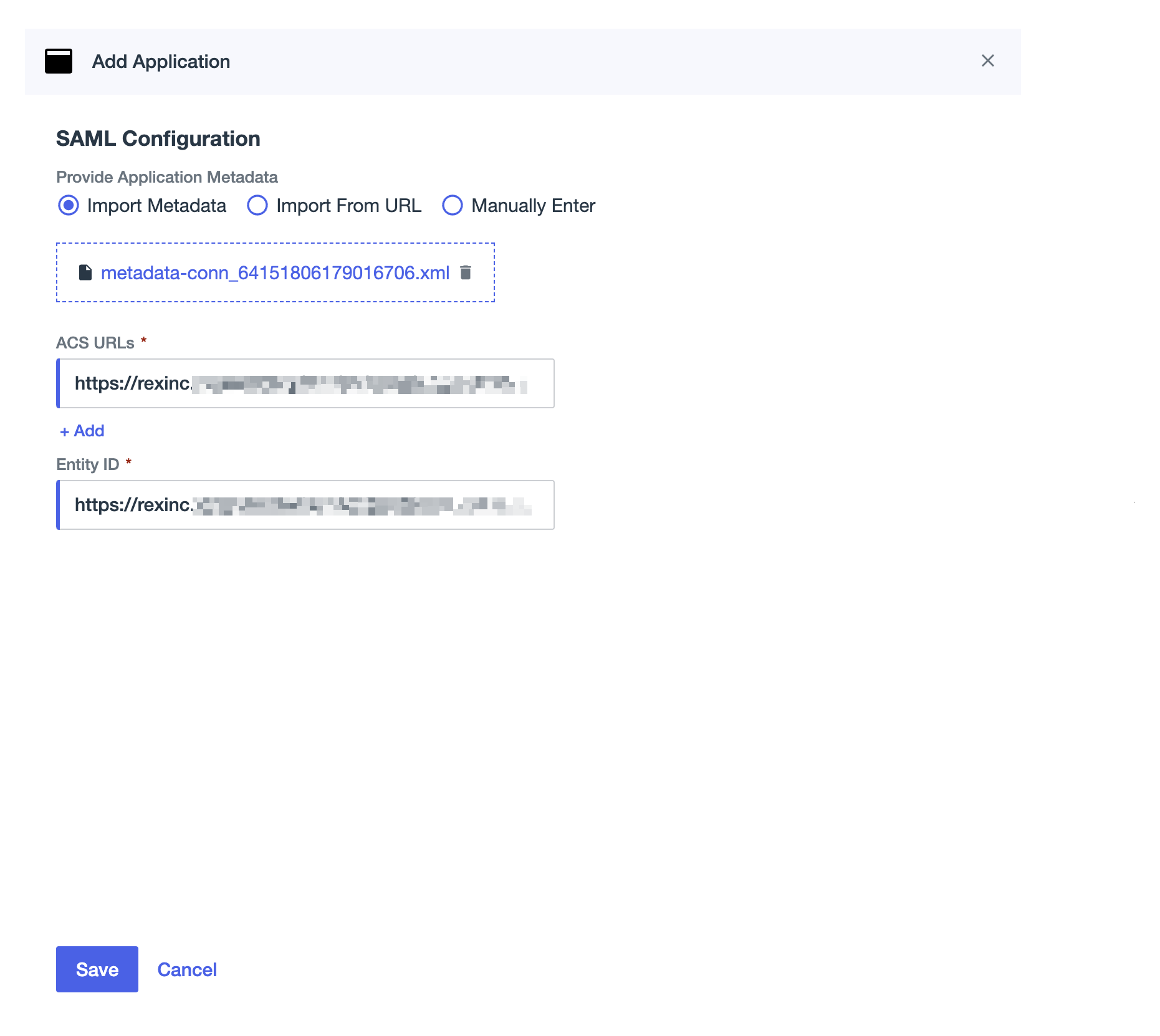
- Method 2: Import from URL
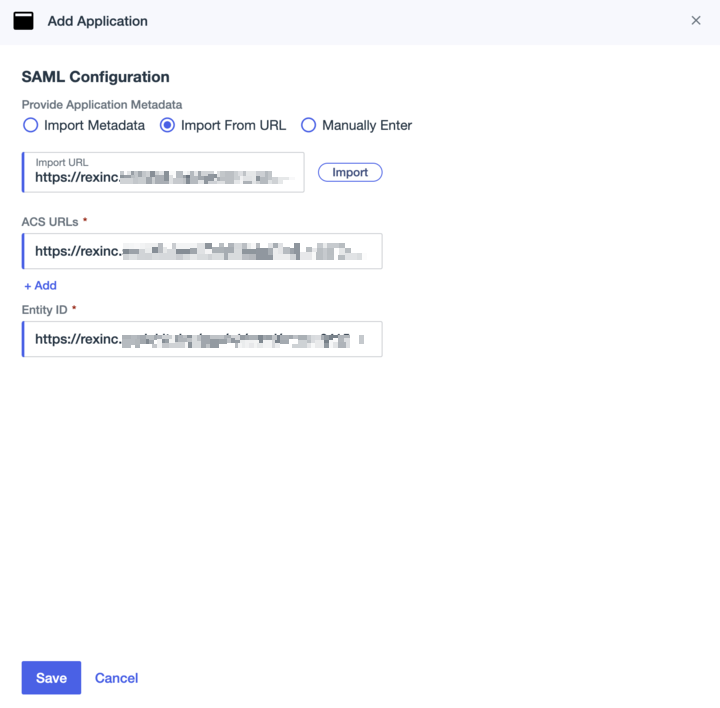
- Method 3: Manually Enter
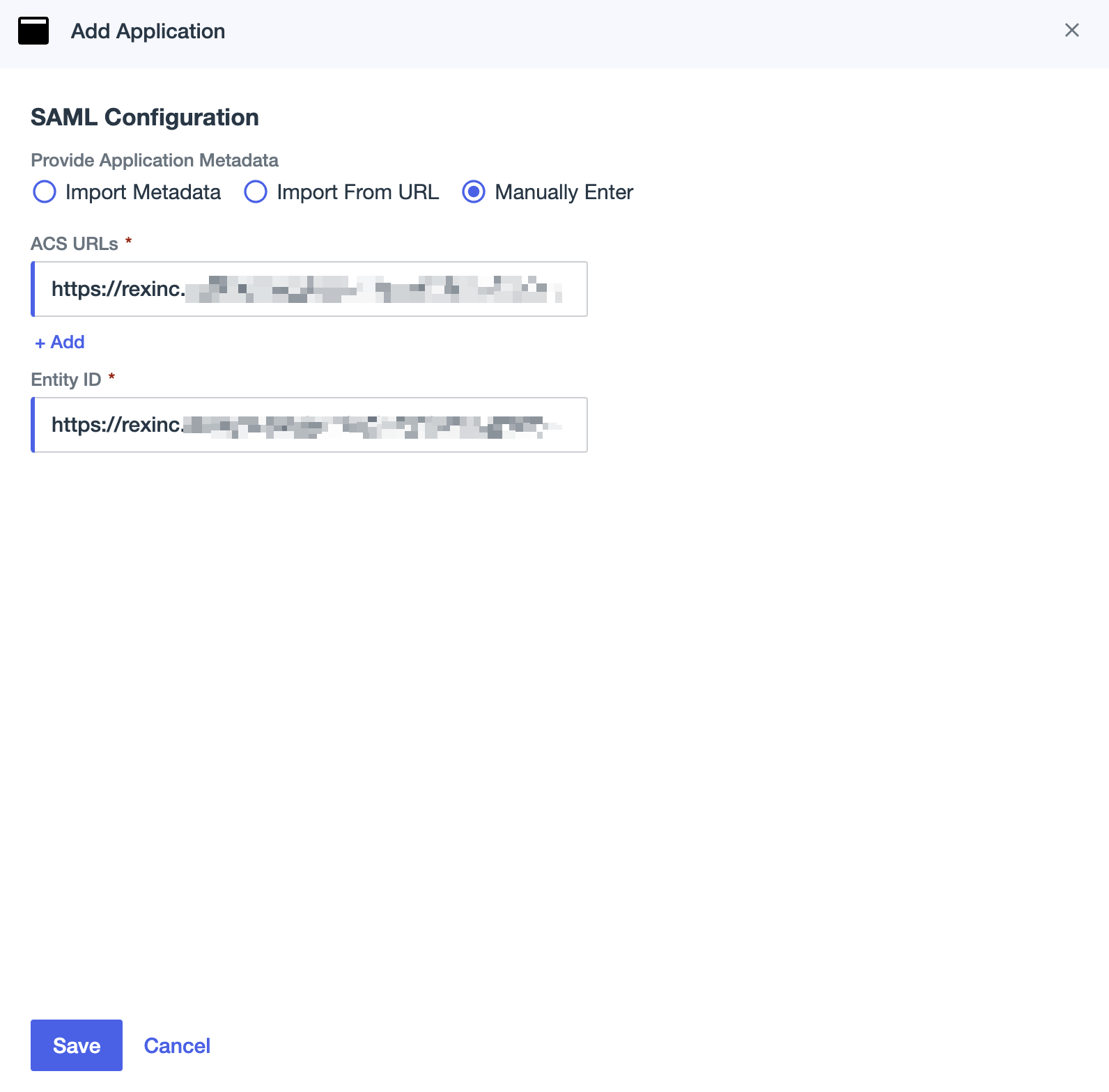
-
Configure Attribute mapping & assign users/groups
Section titled “Configure Attribute mapping & assign users/groups”Attribute mapping
Section titled “Attribute mapping”For the user profile details to be shared with us at the time of user login as part of SAML response payload, SAML Attributes need to be configured in your Identity Provider portal.
To ensure seamless login, the below user profile details are needed:
- Email Address
- First Name
- Last Name
To configure these attributes, locate Attribute Mapping section in the SAML Configuration page in your Identity Provider’s application, and carefully map the attributes with the Attribute names exactly as shown in the below image.
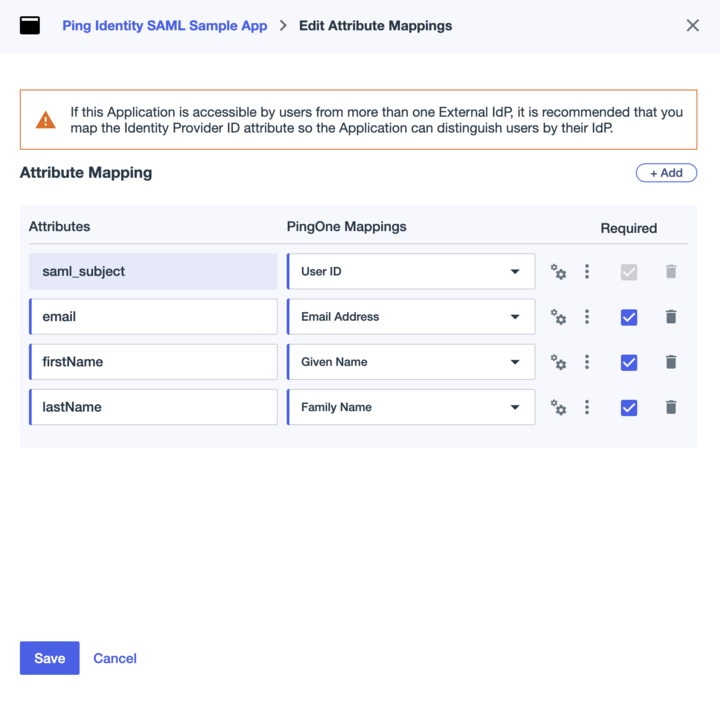
Assign user/group
Section titled “Assign user/group”To finish the Service Provider section of the SAML configuration, you need to “add” the users who need to access to this application.
Find the User/Group assignment section in your Identity Provider application and select and assign all the required users or user groups that need access to this application via Single Sign-on.

-
Configure Identity Provider in your SSO configuration portal
Section titled “Configure Identity Provider in your SSO configuration portal”In your SSO configuration portal, navigate to the Identity Provider Configuration section to complete the setup. You can do this in two ways:
- Method 1: Enter the Metadata URL and click update.

- Method 2: Configure manually
To do so, enter the IdP entity ID, IdP Single Sign-on URL, and upload the x.509 certificate that you downloaded from Ping Identity. Then, click update.
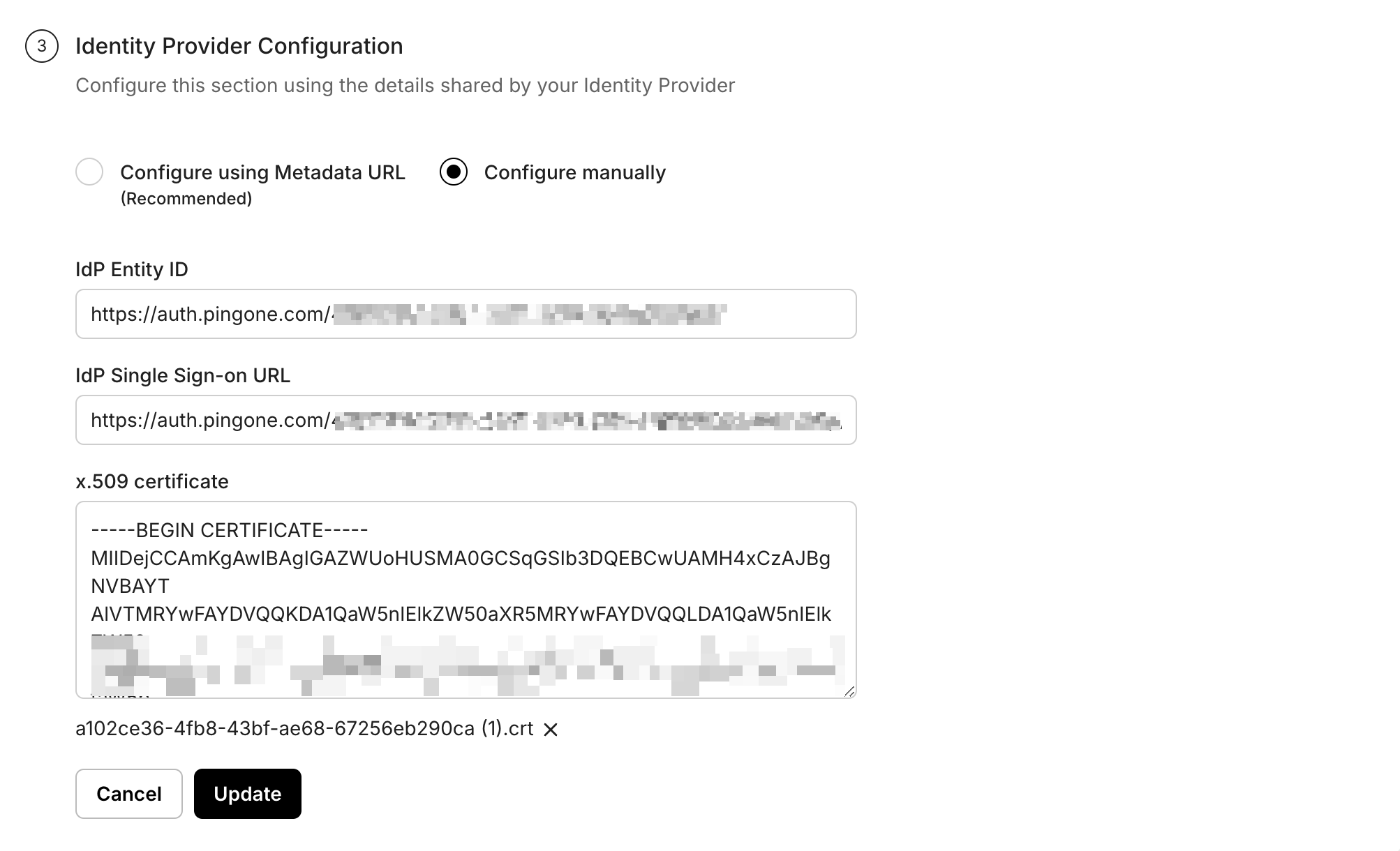
-
Verify successful connection by simulating SSO upon clicking Test Connection
Section titled “Verify successful connection by simulating SSO upon clicking Test Connection”To verify whether the SAML SSO configuration is completed correctly, click on Test Connection on the SSO Configuration Portal.
If everything is done correctly, you will see a Success response as shown below.

If there’s a misconfiguration, our test will identify the errors and will offer you a way to correct the configuration right on the screen.
-
Enable your Single Sign-on connection
Section titled “Enable your Single Sign-on connection”After you successfully verified that the connection is configured correctly, you can enable the connection to let your users login to this application via Single Sign-on.
Click on Enable Connection.

With this, we are done configuring Ping Identity SAML for your application for an SSO login setup.